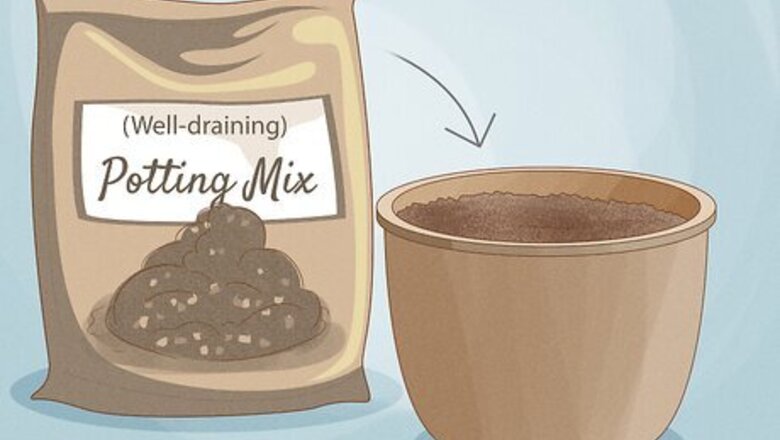
views
- Fill a pot that has drainage holes with well-draining soil. Then, insert the jasmine seedling in the soil, covering its roots completely, and water it.
- Set the potted jasmine in warm spot that stays at least 60° F (16° C) and gets 2-3 hours of shade. Water your plant about once a week.
- Spray the leaves, stem, and soil about once a month with a potassium-rich fertilizer. Regularly prune off dead leaves and flowers.
Planting Jasmine in Pots

Fill a pot with well-draining soil. Jasmine needs soil with plenty of drainage to grow. Fill the pot with a well-draining potting mix or add loam-based compost to the soil to improve its drainage. Make sure the flower pot you choose has drainage holes to avoid overwatering the plant. To test the soil's drainage, dig a hole about 12 inches (30 cm) deep and fill it with water. If the soil drains in 5-15 minutes, it is well-draining.
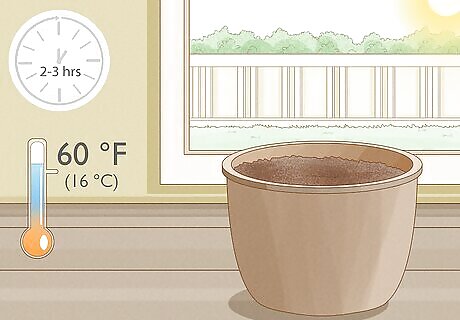
Place the pot in an area with partial shade. Jasmine prefers warm temperatures (at least 60 °F (16 °C)) and several hours of shade to grow. Choose a spot for your jasmine pot that receives sunlight but with around 2-3 hours of shade a day. If placing the pot indoors, choose a place near a south-facing window so it can receive direct sunlight.
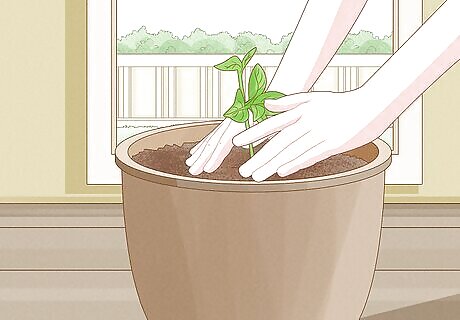
Plant a jasmine seed or seedling in the pot. Cover the seed with a light layer of soil. If you're planting a seedling, make sure the crown of the plant is level with the soil. Cover the roots completely. If you're planting a seedling, loosen the roots with your hands to help it adapt to its new environment faster. You can buy jasmine seeds or seedlings from most garden centers or nurseries.

Water the jasmine immediately after planting it. Using a watering can or hose, water your plant until water runs out the drainage holes. When you're finished watering, the soil should be damp but not waterlogged. Watering the flower immediately will moisten the soil and help your plant acclimate to the pot. For best results, use a spray bottle or watering can to moisten the freshly-planted jasmine.
Caring for Jasmine
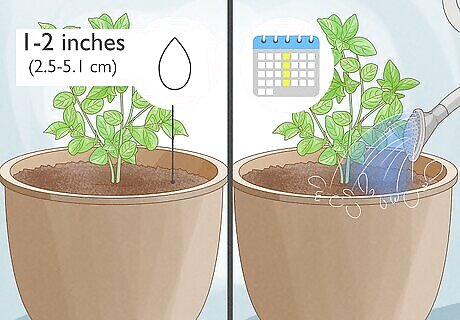
Water the jasmine plant weekly. Use a hose or watering can to keep the soil moist and the plant hydrated. Water the plant once a week or whenever the soil dries out, depending on the climate. If you're not sure whether to water the plant, poke your finger in the dirt about 1–2 inches (2.5–5.1 cm) deep. If the soil is dry, water the jasmine.
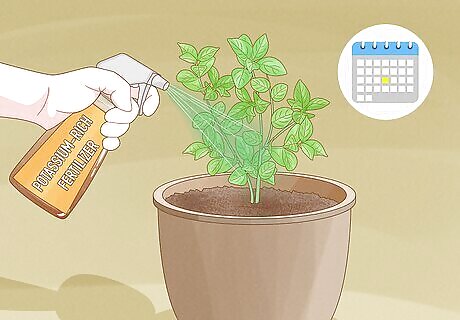
Apply a potassium-rich fertilizer once a month. Jasmine plants grow best in potassium-rich soil. Buy a liquid fertilizer with a high potassium content and spray the leaves, stem, and soil once monthly. You can find potassium-rich fertilizers at most plant nurseries. For example, a tomato fertilizer is a good option, as it's rich in potassium.

Place a humidifier or pebble tray near the jasmine. Jasmine plants grow best with plenty of humidity. If you're growing jasmine in a dry climate, use a humidifier or fill a pebble tray with water to mimic the plant's natural environment. If you live in a humid climate, place the pot outside or open a window instead.

Prune away dead leaves and flowers. Regularly pruning your jasmine plant can keep it tidy and healthy. Pinch away dead leaves, stems, and flowers with pruning shears or with your fingers as you notice them. Avoid pruning more than 1/3 of the plant's foliage at a time.

Repot the plant if the soil dries out quickly. Jasmine plants produce more flowers if their roots are not crowded (or "root bound"). If the plant's soil dries out after 2-3 days, transfer it to a larger pot or outside. It's also best to transfer your plant if it's been in the same pot for several years. It's normal for plants to outgrow their pot.
Harvesting Potted Jasmine Buds

Harvest jasmine to make tea. Traditionally, jasmine buds are steeped in teas for a fragrant herbal tea. Although you can grow your jasmine as a strictly decorative plant, harvesting its buds can help you get more use out of it. You can also cut jasmine flower stems with shears and transfer them to a vase as an indoor decoration.
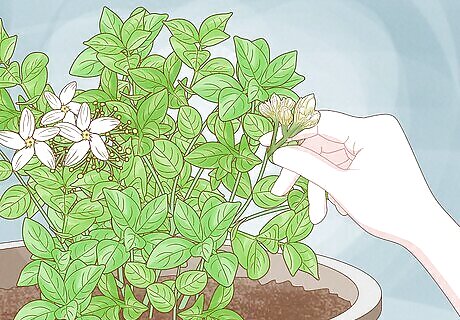
Pluck green, unopened jasmine buds at the stem. As your jasmine's flower buds develop, wait until they are green but not yet opened. Use your hands or pruning shears to pick as many jasmine buds as you need for your tea or oil. Use the jasmine buds immediately after picking for ideal freshness, particularly if you're making tea.
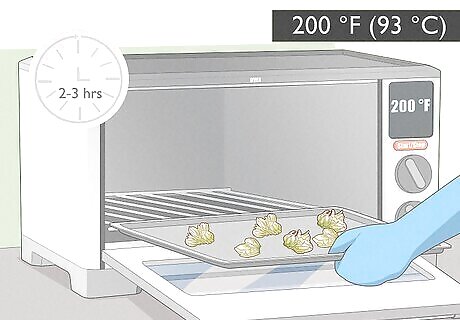
Dry the jasmine buds in an oven. Place the jasmine buds on a baking sheet and set the oven to 200 °F (93 °C). Keep the buds in the oven for 2-3 hours or until the jasmine buds are completely dry to the touch. You can store the dried jasmine buds in an airtight container to help them last longer.
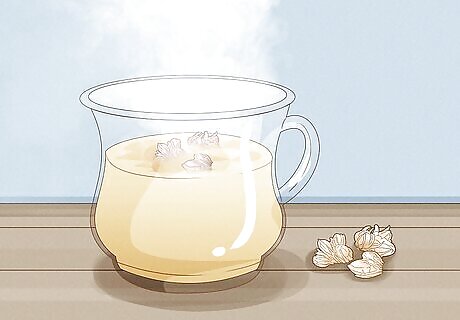
Steep the dried jasmine buds in water to make herbal tea. Bring a kettle of water to a boil and steep the jasmine in the water for about 2-5 minutes. After steeping the water, turn off the stove and pour the water into a cup to serve. The ratio of jasmine buds to water should be about 1 tablespoon (15 mL) to 8 ounces (230 g). You can also mix the jasmine buds with black or green tea leaves for a stronger flavor.










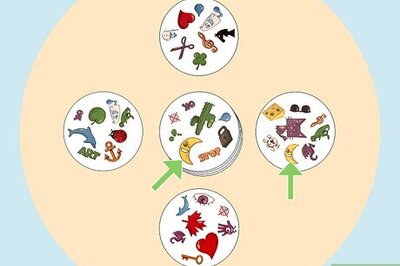


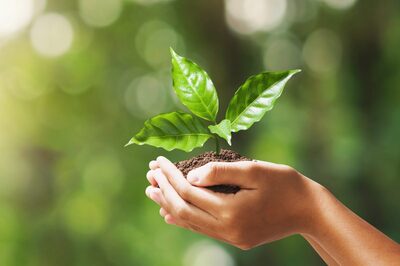

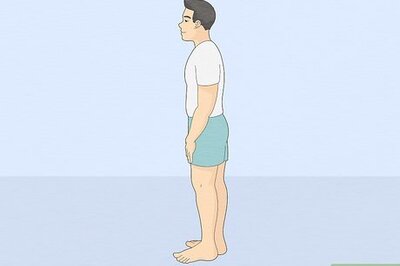



Comments
0 comment